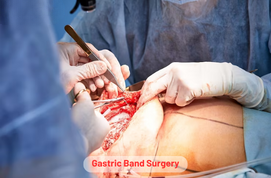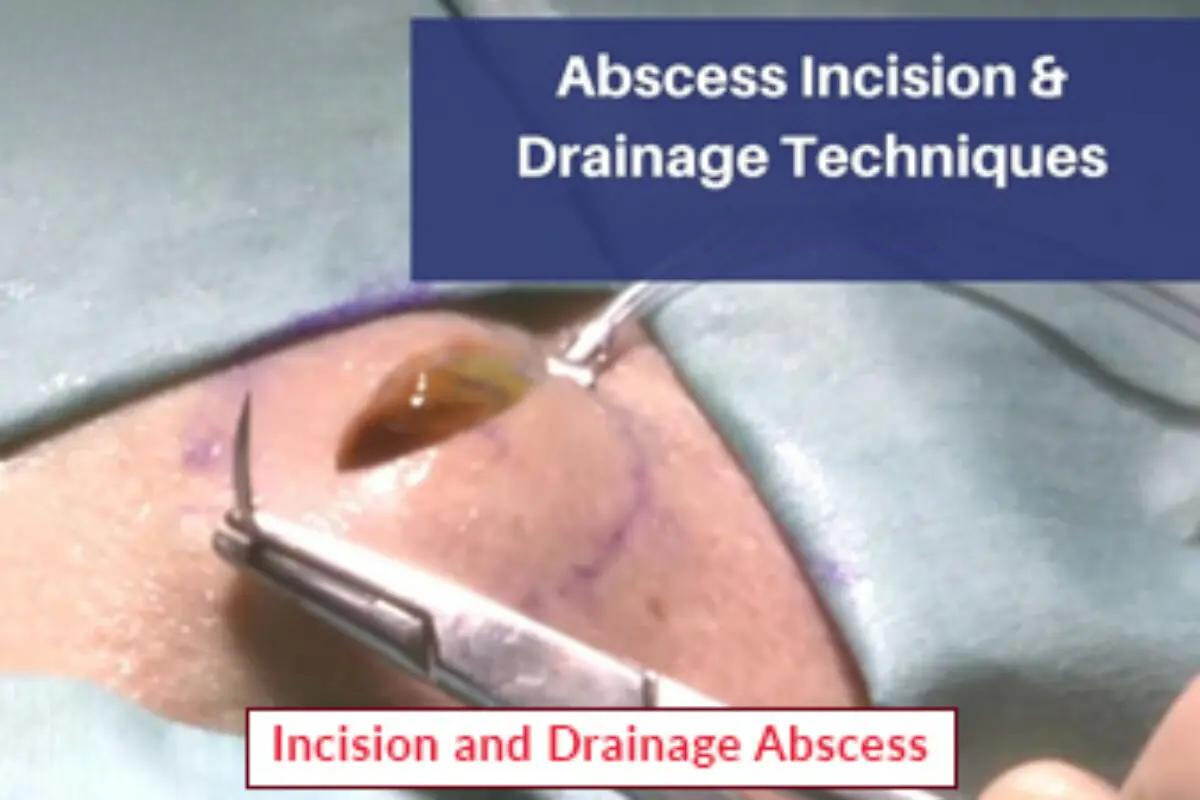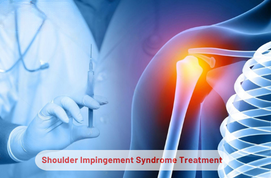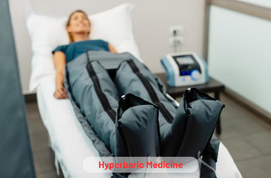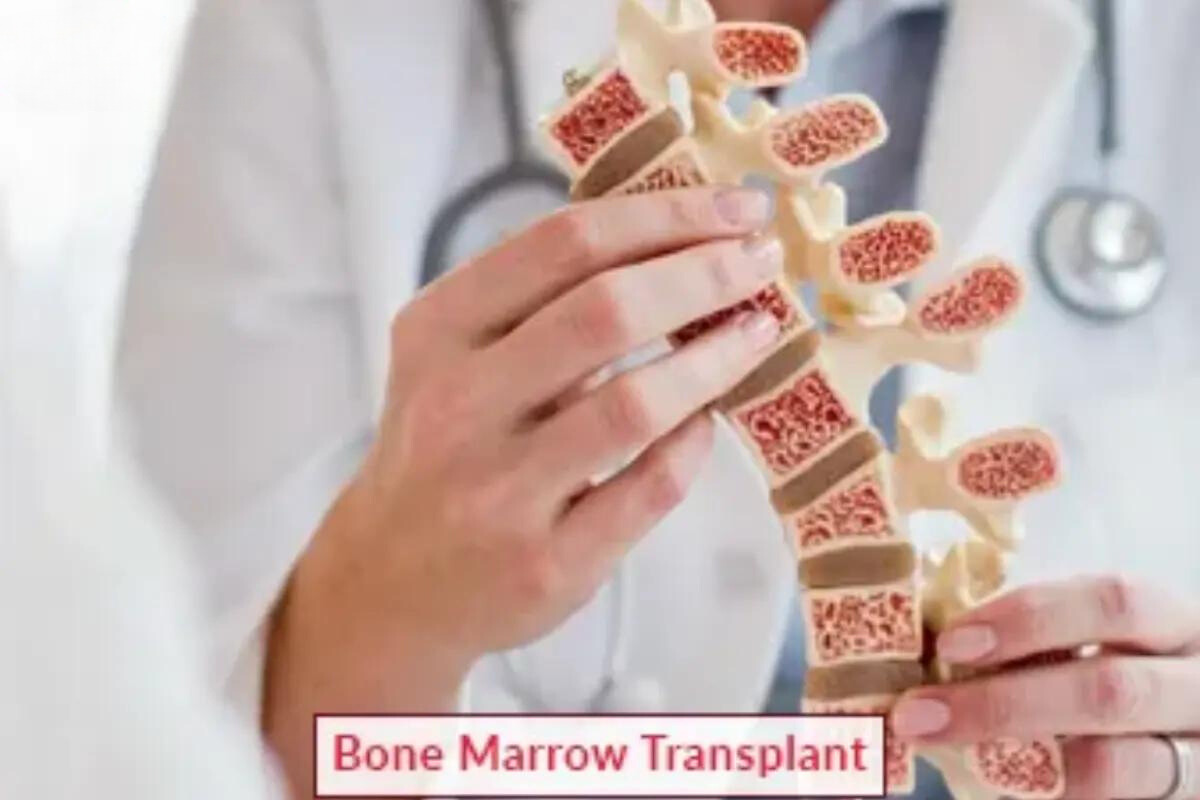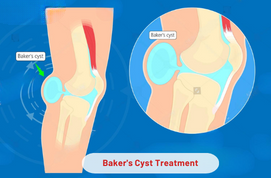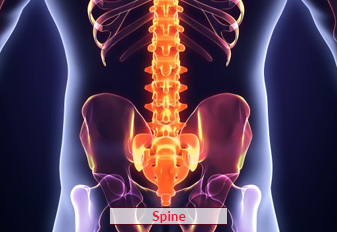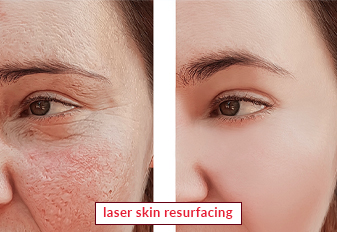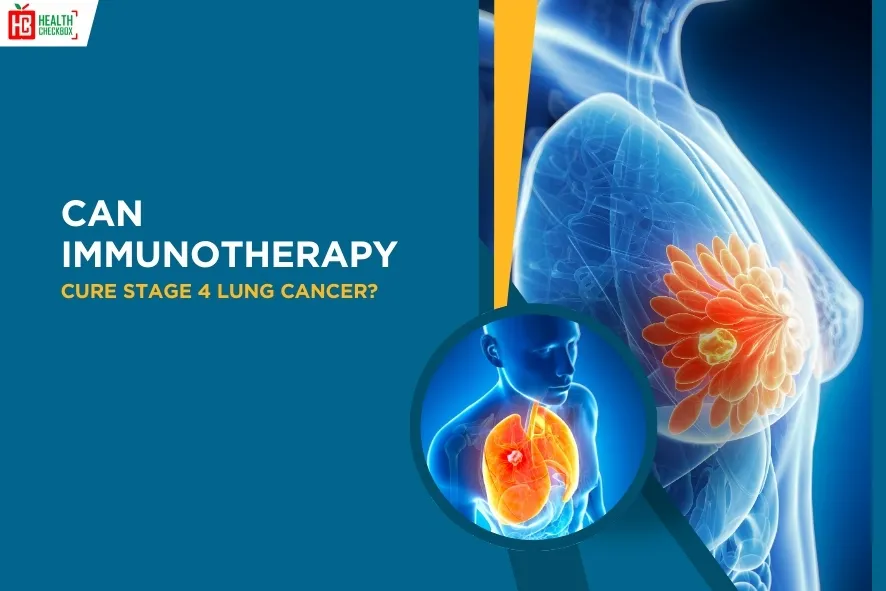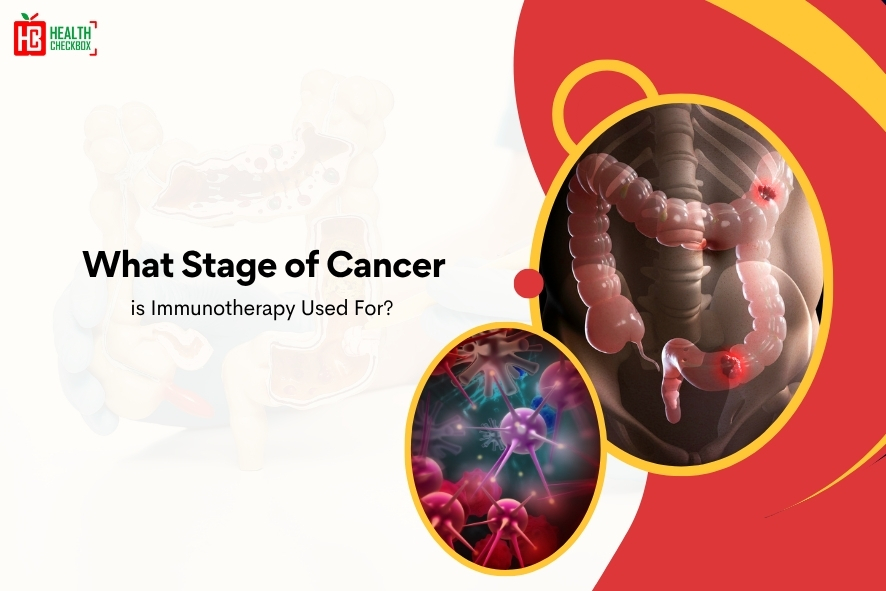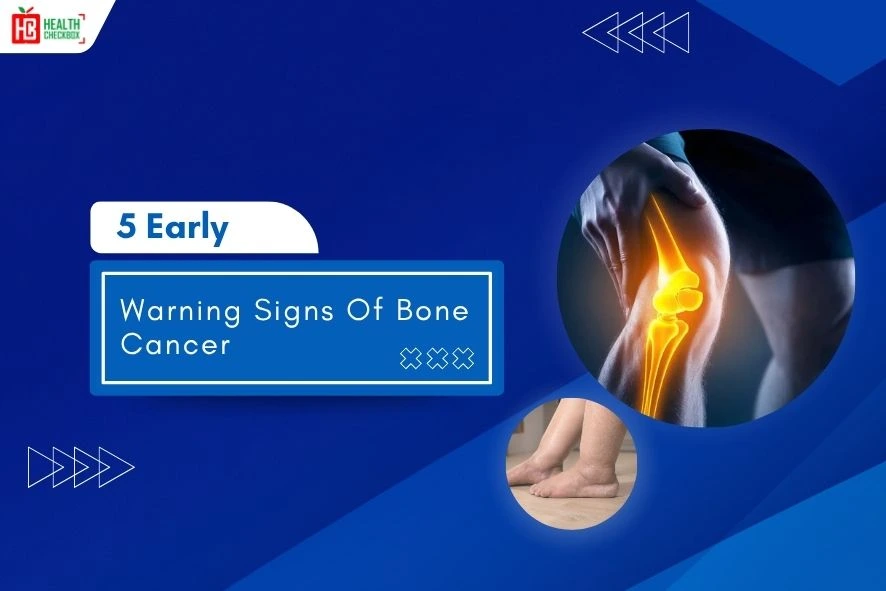Gastric band surgery treats obesity in individuals by using an adjustable band. It is a soft, rubbery, and made up of hollow silicon tube. When other methods are not effective for treating obesity then it is advised by your healthcare provider. The band is tied around the top of the stomach. It is helpful when other ways are not effective to treat obesity, like dieting and exercise. This band is wrapped around your stomach to limit the amount of food. This makes you eat less food and feel full. This is how surgery helps in losing weight.
What Conditions can be treated by Gastric Band Surgery?
There are some health conditions which can be treated through this operation:
- Heart disease
- Type 2 diabetes
- High blood pressure
- Obstructive sleep apnea
- High cholesterol
- Non-alcoholic fatty liver disease
Benefits of Gastric Band Surgery
The surgery has many advantages and these are as follows:
- Fast recovery
- Nutrients absorbed without loss
- Long-term treatment for obesity
- Less chances to get infected
- Quality of life gets improved
- Low risk of extra weight related problems like diabetes, involuntary leakage of urine etc.
Procedure of Gastric Band Surgery
- Before the Procedure: There are some preparations have to be done before starting the process and these are as follows:
- Share the medical history of the patient with the doctor.
- You will be asked to quit smoking a few weeks before starting an operation.
- You have to follow some specific diet such as low-caloric food.
- During the Procedure: This is a less invasive process which is done in the following ways:
- Your doctor will give you anaesthesia because it is a laparoscopic operation.
- Few small cuts are made in your abdomen.
- Then this band is wrapped around to the top of your stomach. There is an injection port at the one end of an empty silicone tube. It is used to inflate the band.
- Through the port, air or fluid is injected into the tube. It can tighten or loosen the band. It gets tight like a belt and forms two portions of the stomach.
- Cuts which are made in your stomach get closed by using dissolvable stitches.
- After the Procedure: Once the process is completed then your healthcare provider will prescribe you pain relieving medicines. You also have to follow-up their advice.
Recovery and Diet After the Surgery
There are some restricted rules that should be followed after the procedure. The diet has been divided according to the number of weeks. It includes the consumption of fluid, protein, and multivitamins, like vitamin B12, calcium, & vitamin D:
- In starting days, individuals should have only water and fluids like thin soups.
- First two weeks, you can start with taking thicker liquid. Such as sugar-free pudding, broth soup, low fat cheese and protein-rich food.
- Diet for two to four weeks, a patient can have small portions of pureed and soft food, which can be tolerated. You can eat mashed potatoes, yoghurt, lean fish, well-cooked pureed vegetables, tofu, etc.
- Meal plan for two to eight weeks until two months of the surgery, you can take up to 500 calories in a day. It is divided into 6 to 8 meals, which can be in the form of solids and liquids.
- Meal plan for 2 to 6 months after an operation, 900 to 1000 calories can be taken. It is important to take 65 to 75 grams of protein on a regular basis. You can take low-fat dairy fat, bread, rice, fruits without skin, etc.
- Meal plan for six months, there are some foods which should be consumed in a smaller amount than the previous amount. Avoid raw fruits, vegetables, breads, popcorn; only three meals and 1 or 2 snacks in a day. Do not eat food that contains high protein; continue with 900 to 1000 calories in a day.
Is Gastric Surgery Risky?
Yes, there are some risks which are associated with this operation. These are as follows:
- Blood clots
- Internal bleeding
- Infection
- Hard to swallow food due to small size of food
- Heartburn
- Band could slip from its location
- Band can be eroded due to friction against your stomach
- Nausea
- Vomiting
- Constipation
Our Other Services
Latest Health Tips
Can Immunotherapy Cure Stage 4 Lung Cancer?
Early Signs of Cervical Cancer
Foods that Kill Cancer: Leafy Vegetables, Grains, & More
What Stage of Cancer is Immunotherapy Used For?
Which is Worse for Cancer, Sugar or Alcohol?
Vaccines That Prevent Cancer
What Kills Cancer Cells in the Body Naturally?
5 Early Warning Signs of Bone Cancer
Submit Your Enquiry
Testimonials








